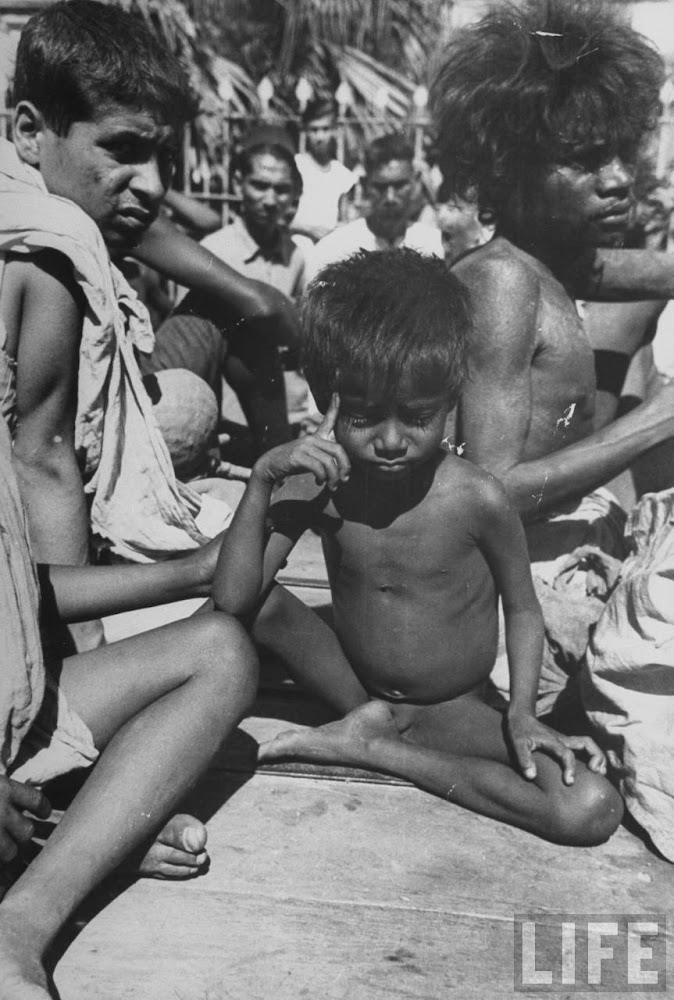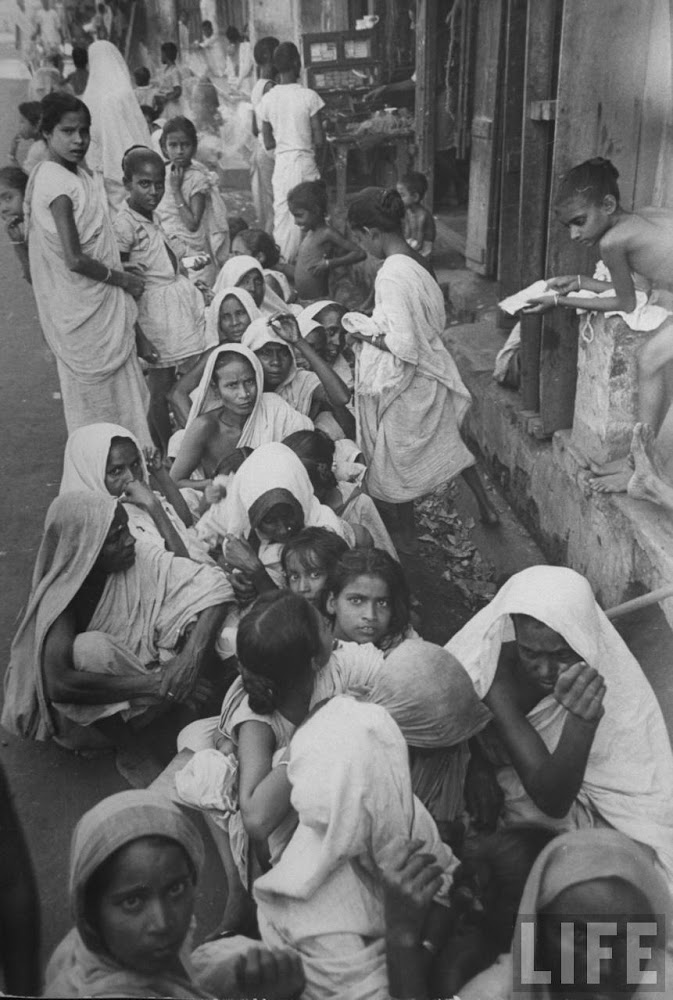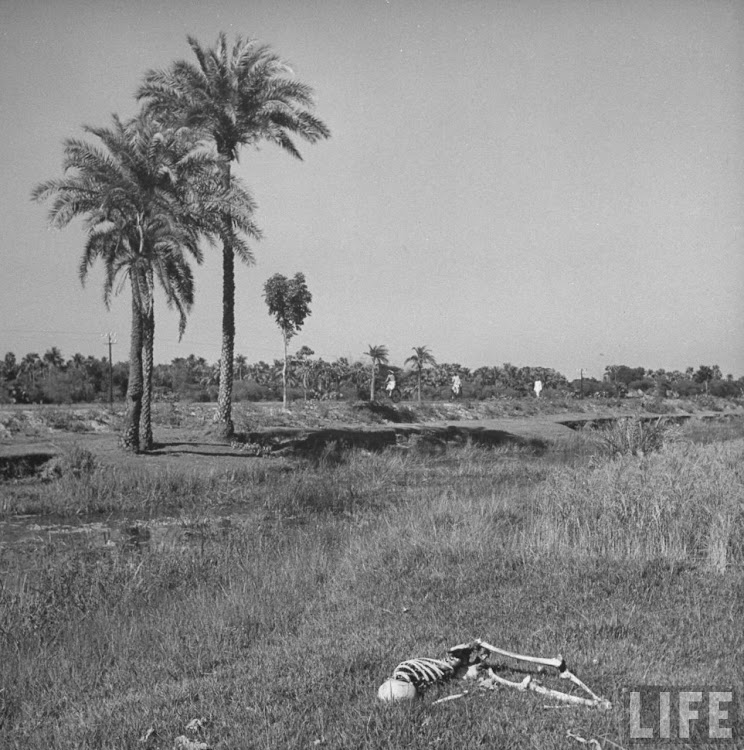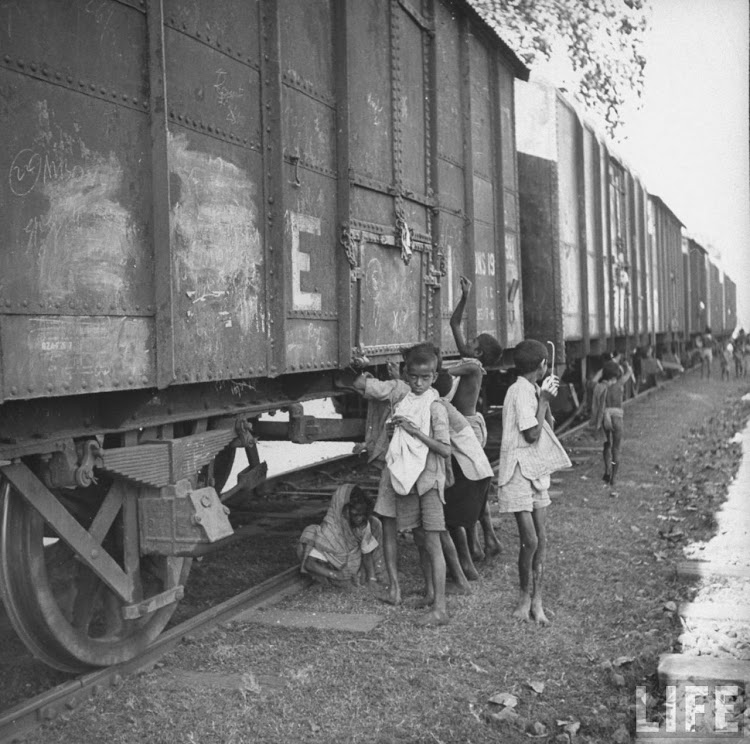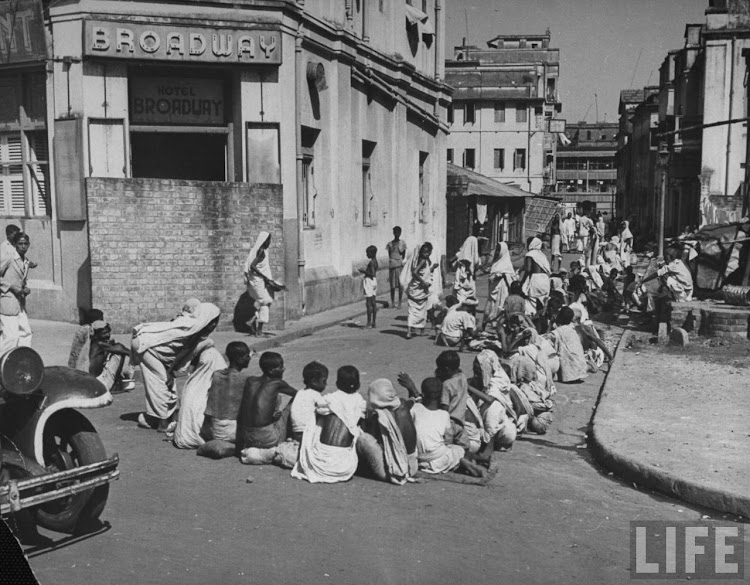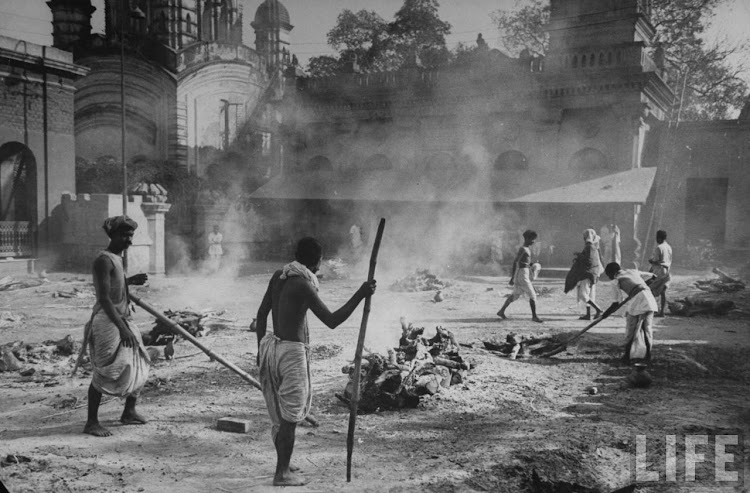The corner of Elliot Road and and Lower Circular Road showing the former book shop. The site was acquired by the Bengali language newspaper, the Amritsar Bazaar Patrika, and their signs replace the BMP sign.
The corner of Elliot Road and and Lower Circular Road showing the former book shop and the typecasting department.
It is said (by a senior manager at BMP) that the first Baptist chapel was built by the Juniot Brethren beyond the former bookroom where the remains of the Monotype Department can be seen.
Looking north up Lower Circular Road, showing the Press gates and the Baptist Church.
The trees beyond are in the grounds of the Field Secretary's house. Then there is Rippon Street. On the next corner is Mother Theresa's headquarters. On the right is the suburb called Entally.
When the Press was first built it was on the eastern edge of Calcutta. Lower Circular Road was created for defence, which explains its width. There were originally no substantial buildings on the right.
Looking through the gates.
The mound on the left is the remains of the flats. The van is parked on the lawn. The trees on the right are the only survivors of the levelling of Baptist Mission Press. The metal drum on the left is probably the remains of the artesian well that provided the flats with water.
Standing at the spot where our home used to be and looking back at the gates.
The gatekeeper spent the day in the small building on the left; checking visitors, and sounding a gong at the beginning and the end of the day. It was attached to the wall where the grey patch is. His home was just to the right, where the man is sitting.
The room where the man is standing in the doorway was the home of our cook/bearer. His wife and children lived in Orissa and he visited them for a few weeks each year.
The Press gates.
As can be seen from the sign th site was bought by a Bengali language newspaper called the Amrita Bazar Patrika. The foundations were dug, but they became flooded during the monsoon. An office block was built to house the newspaper, but I am told the building now lies empty.
The view to the left inside the gates.
This shows the back of the book shop and the garage. A sugar cane crushing business has been set up to provide refreshment for passers-by outside.
Source:
wmcarey.edu
















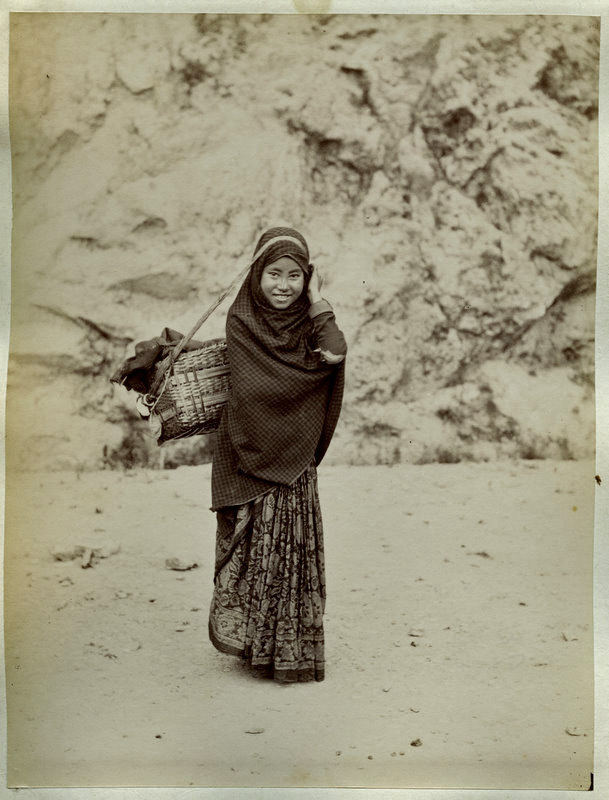



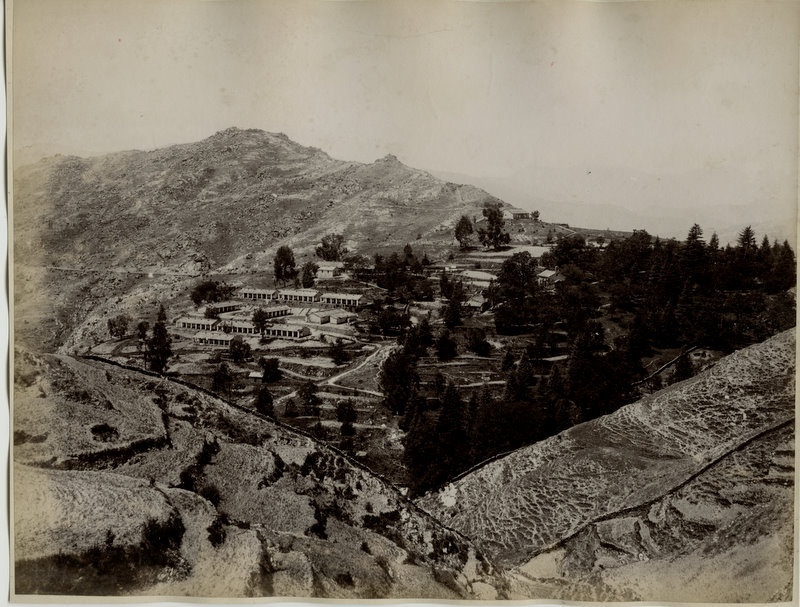






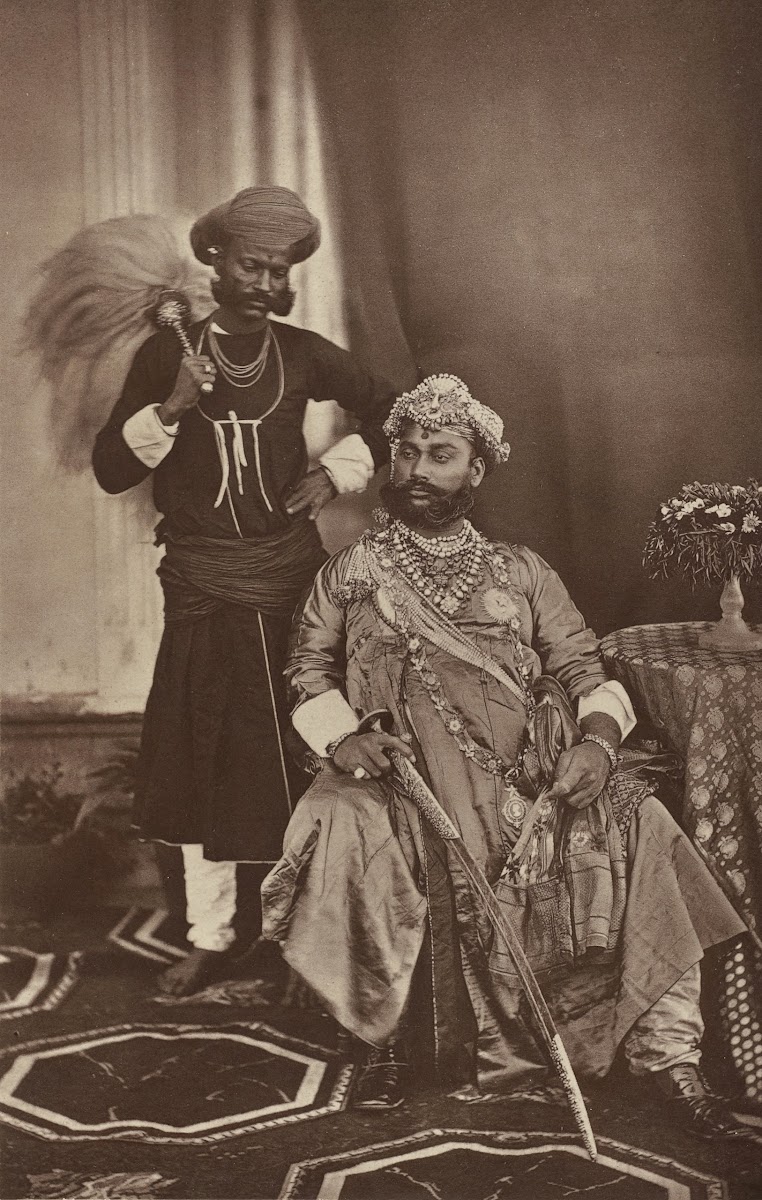

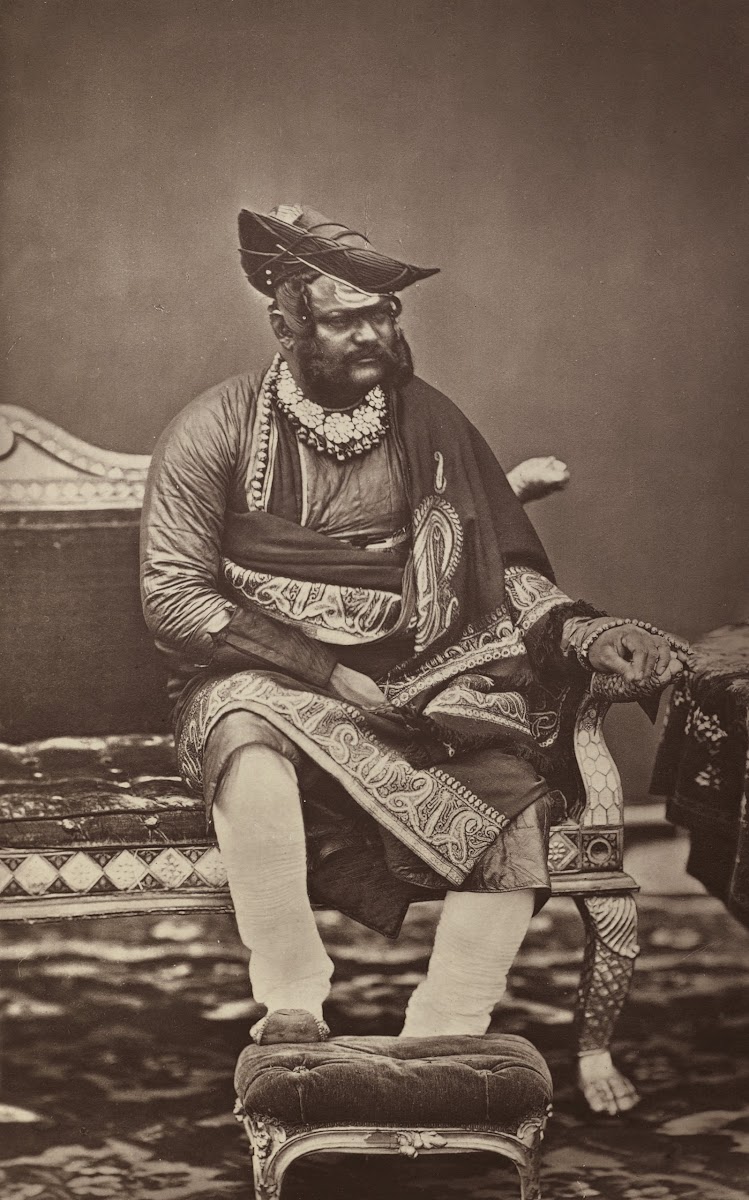


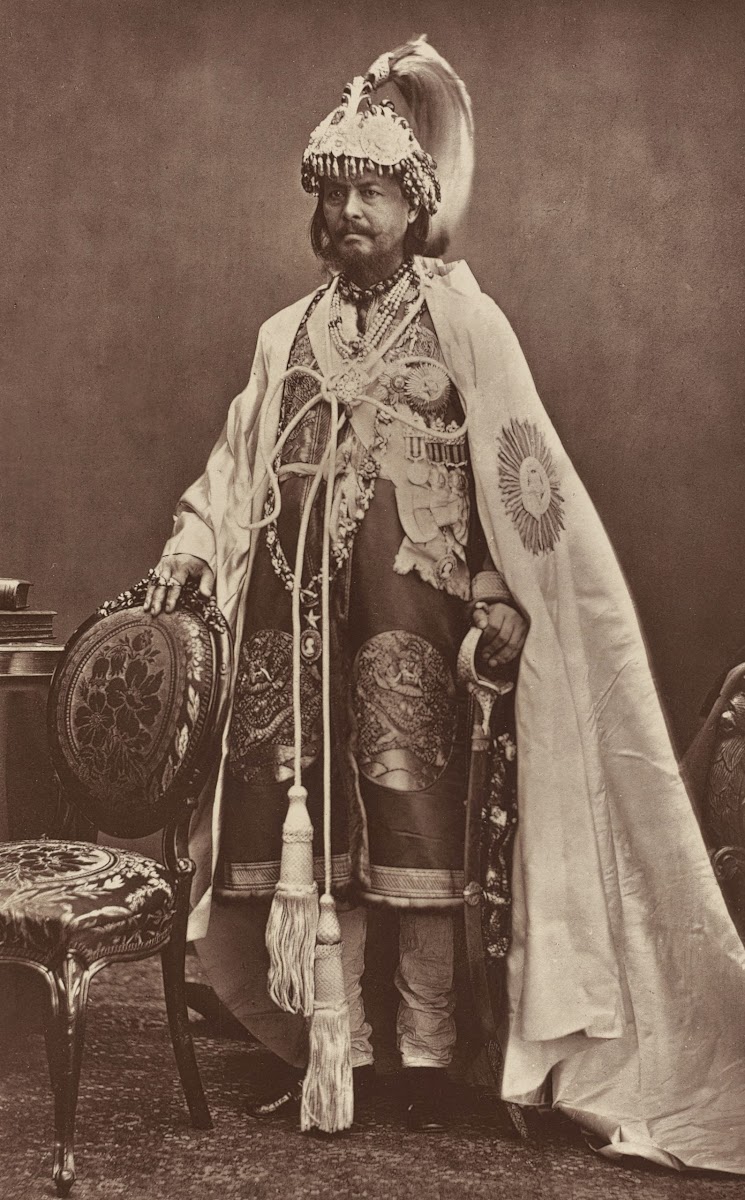

%2B-%2B1980.jpg)

%2B1956.jpg)
%2B1956.jpg)


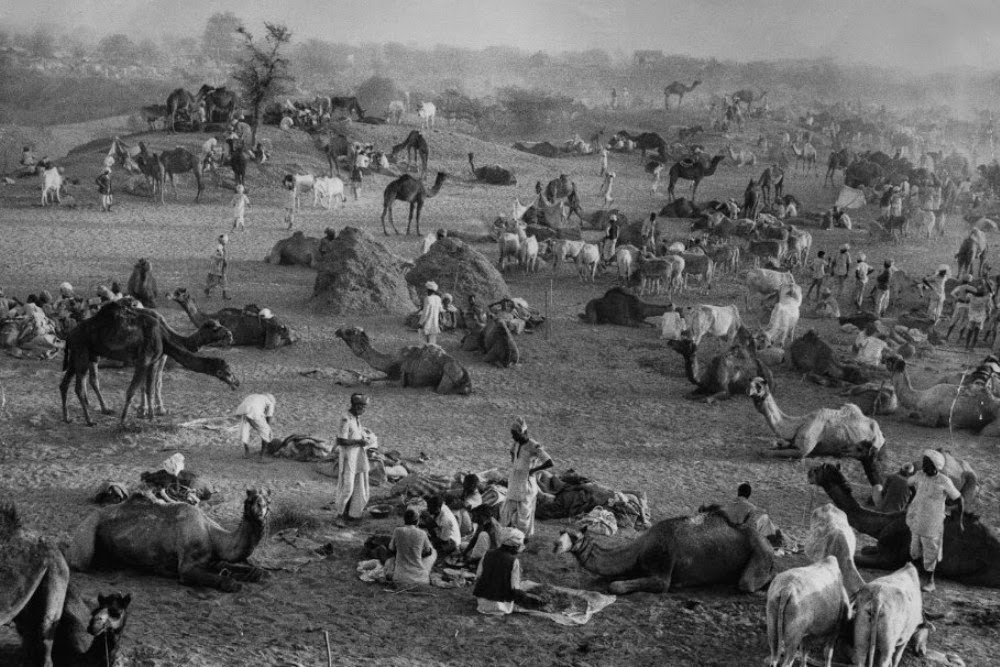
%2C%2BDuring%2BBangladesh%2BIndependence%2BWar%2Bin%2B1971.jpeg)







